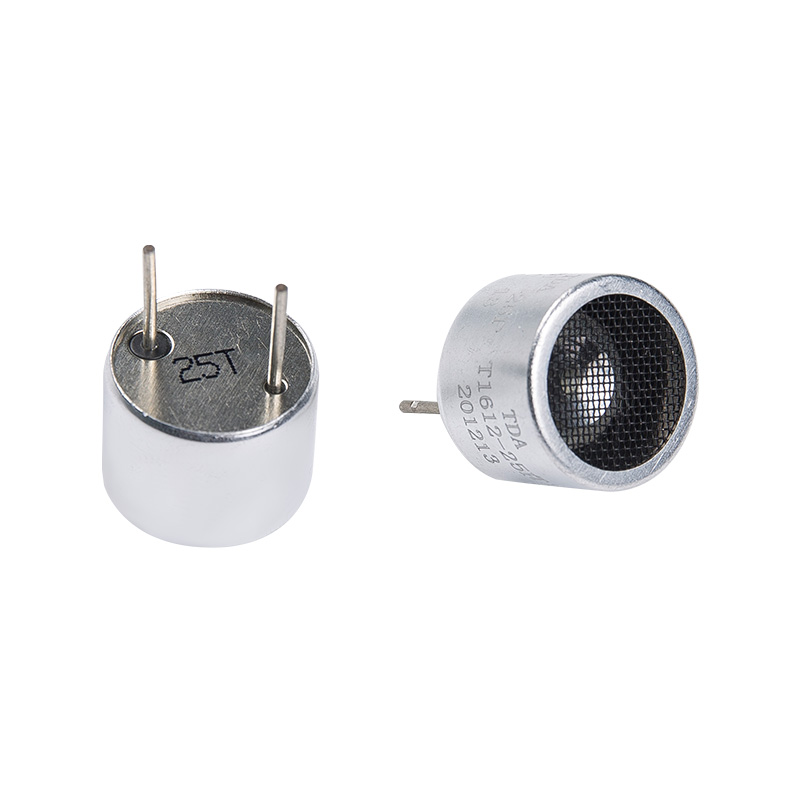The power supply requirements for a 16mm ultrasonic sensor are crucial for ensuring its proper operation and functionality. Here are the key aspects to consider:
Voltage Range
Typical Operating Voltage: Most 16mm ultrasonic sensors operate within a voltage range of 3.3V to 5V DC. Some sensors may have a wider range, accommodating up to 12V or more, but 5V is a common standard for many sensors.
Recommended Voltage: It's essential to adhere to the manufacturer's recommended voltage to prevent damage to the sensor and ensure accurate readings. Exceeding the recommended voltage can result in sensor malfunction or permanent damage.
Current Consumption
Operating Current: The current consumption for a 16mm ultrasonic sensor typically ranges from 10mA to 30mA during operation, depending on the specific model and its features. Higher current may be required for sensors with additional capabilities like increased detection range or higher measurement frequency.
Standby Current: Some sensors have a lower standby current, which can be as low as a few microamps (µA) when not actively measuring. This is useful for battery-powered applications where power conservation is critical.
Power Stability
Voltage Stability: The power supply should provide a stable voltage without significant fluctuations to ensure consistent sensor performance. Voltage spikes or drops can lead to inaccurate measurements or sensor instability.
Ripple and Noise: It’s important to minimize electrical noise and ripple in the power supply to avoid interference with the sensor’s operation. Using decoupling capacitors and proper grounding can help mitigate these issues.
Power Supply Type
DC Power Supply: The sensor typically requires a DC power supply, which can be provided by batteries, regulated DC adapters, or power supplies integrated into microcontroller systems.
Battery Power: For portable or remote applications, batteries (e.g., AA, Li-ion) are commonly used. Ensuring the battery voltage matches the sensor’s requirements is crucial for reliable operation.

Power Efficiency
Low Power Mode: Some ultrasonic sensors feature low power modes or sleep modes to conserve energy when not actively measuring. This is particularly important for applications where power efficiency is a priority, such as in IoT devices.
Energy Harvesting: In certain low-power applications, energy harvesting techniques (e.g., solar panels) might be used to provide power to the sensor.
Protection Features
Over-Voltage Protection: Sensors may include protection circuits to safeguard against accidental over-voltage conditions.
Reverse Polarity Protection: Ensures that the sensor is not damaged if the power supply polarity is accidentally reversed.
Interface and Compatibility
Voltage Compatibility with Controllers: Ensure that the sensor’s voltage levels are compatible with the microcontroller or interface device to which it is connected. For instance, if using a 3.3V microcontroller, a voltage regulator may be needed if the sensor operates at 5V.
Power Supply Isolation: In industrial applications, isolating the power supply can prevent electrical noise or faults from affecting the sensor’s performance.
Power Budgeting
System Power Budget: When integrating the sensor into a system, consider the overall power budget. Ensure that the sensor’s power requirements are within the system's power capacity, especially in battery-operated or low-power environments.
Power Distribution: Proper power distribution within the system can prevent voltage drops and ensure consistent power supply to the sensor.
Example Specifications
Here’s an example of typical power supply specifications for a 16mm ultrasonic sensor:
Operating Voltage: 5V DC
Operating Current: 15mA
Standby Current: 5µA
Ripple Voltage: < 100mV
Over-Voltage Protection: Up to 6V
Ensuring that the power supply meets these requirements is crucial for the reliable operation of a 16mm ultrasonic sensor. The specific requirements may vary depending on the sensor model and manufacturer, so it's always best to refer to the datasheet or technical documentation for precise specifications.


 EN
EN  English
English Deutsch
Deutsch 中文简体
中文简体
